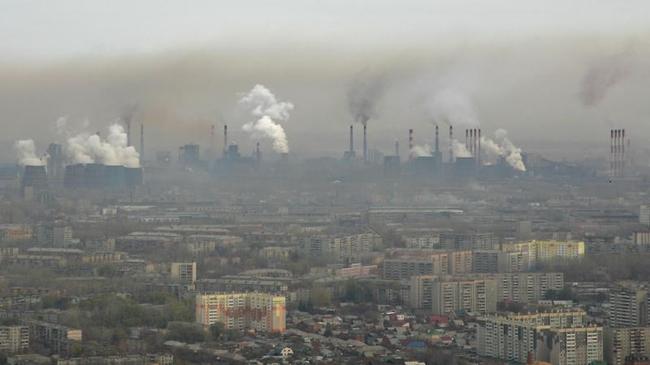POLLUTANTS DEGRADE THE QUALITY OF AIR, WATER AND LAND
Pollution is the introduction of harmful substances into the environment. These harmful substances are called pollutants. Pollutants can be natural, such as volcanic ash. They can also be created by human activities, such as waste or effluents produced by factories.
Many things useful to people produce pollution. Cars emit pollutants from their exhaust pipes. Burning coal to generate electricity pollutes the air. Industry and homes produce garbage and sewage that can pollute land and water. Pesticides - chemical poisons used to kill weeds and insects - seep into waterways and harm wildlife.
All living things - from single-celled microbes to blue whales - depend on the Earth's supply of air and water. When these resources are polluted, all forms of life are at risk. Pollution is a global problem. Although urban areas are usually more polluted than rural areas, pollution can spread to remote places where people do not live. For example, pesticides and other chemicals have been found in the Antarctic ice sheet. In the middle of the North Pacific Ocean, a huge accumulation of microscopic plastic particles forms the so-called Great Pacific Garbage Patch. Air and water flows carry pollution. Ocean currents and migratory fish carry marine pollutants everywhere. The wind can lift radioactive material accidentally ejected from a nuclear reactor and scatter it around the world. Smoke from a factory in one country ends up in another country.
Air pollution Sometimes air pollution is noticeable. For example, a person may see dark smoke coming from the exhaust pipes of large trucks or factories. More often, however, air pollution remains invisible. Polluted air can be dangerous even if the pollutants are invisible. This can cause people to have burning eyes and difficulty breathing. It may also increase the risk of lung cancer.
However, most air pollution is not natural. It comes from burning fossil fuels – coal, oil and natural gas. When gasoline is burned to power cars and trucks, carbon monoxide is released, a colorless, odorless gas. The gas is harmful in high concentrations or quantities. Urban transport produces highly concentrated carbon monoxide.
Cars and factories produce other common pollutants, including nitrogen oxide, sulfur dioxide and hydrocarbons.
Teachers of the Department of Foreign Languages:
Mananova P.I., Kayumova M.A., Rajabov R.R.

